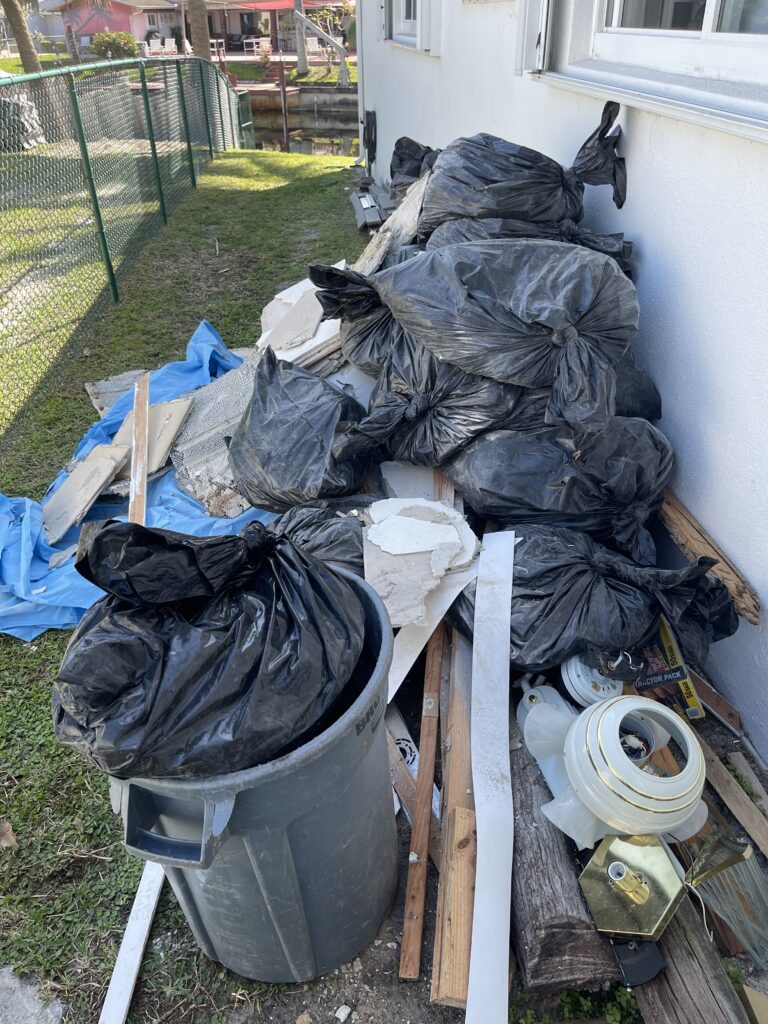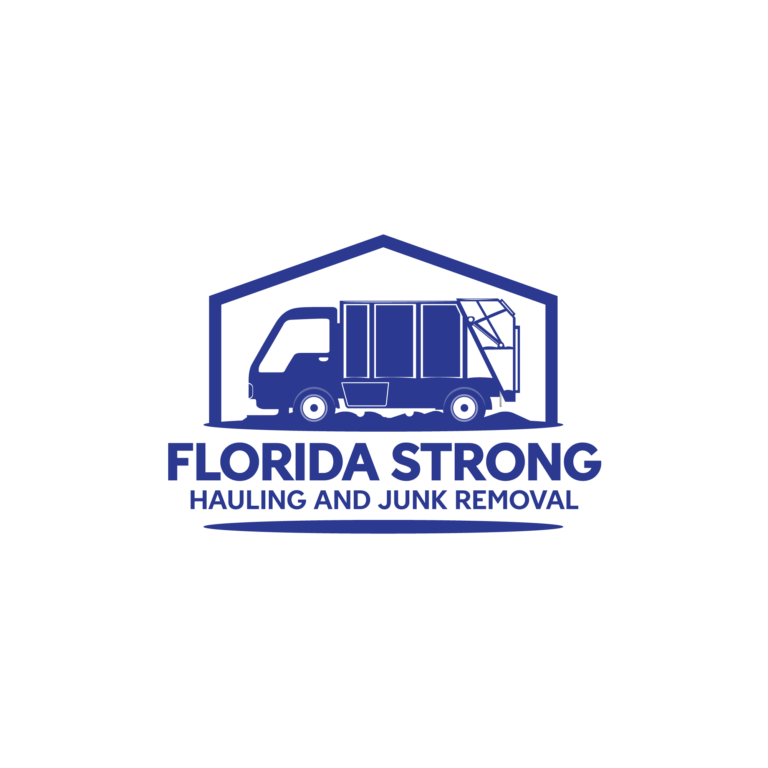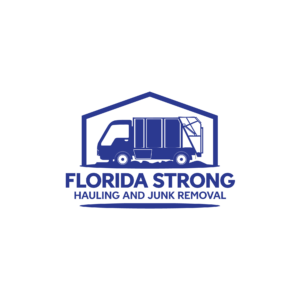The Ultimate Guide to Properly Bagging and Removing Construction Debris
Introduction: Welcome to our latest blog post, where we delve into the efficient and safe removal of construction debris. Whether you’re a DIY enthusiast, a professional contractor, or just someone dealing with post-renovation cleanup, understanding how to properly bag and dispose of construction waste is crucial. Not only does it ensure a cleaner, safer work environment, but it also aligns with environmental best practices.
Body:
1. Understanding Construction Debris: Construction debris includes a variety of materials like wood, metal, concrete, tiles, and drywall. The first step in effective debris management is identifying the types of waste generated at your site.
2. Segregating the Debris: Before bagging, it’s essential to segregate debris based on material type. This segregation is vital for recycling purposes and for handling hazardous materials like asbestos or lead paint correctly.
3. Choosing the Right Bags: Opt for heavy-duty bags that can withstand sharp edges and heavy materials. Standard trash bags might tear under the weight and sharpness of construction materials.
4. Filling the Bags Safely: When filling bags, ensure they are not overfilled. A bag should be manageable for a single person to lift. Overfilling increases the risk of injuries and bag ruptures.

5. Labeling Hazardous Waste: If your construction debris includes hazardous waste, label these bags clearly. This step is crucial for the safe handling and disposal of such materials.
6. The Art of Stacking: Once bagged, stack the bags in a designated area. Ensure this area does not obstruct work paths or exits. Proper stacking prevents accidental trips and falls.
7. Scheduling Debris Removal: Frequent removal of debris is recommended to avoid accumulation. Schedule pickups with a trusted waste management service, especially for large projects.
8. Recycling and Upcycling: Consider recycling options for materials like wood, metal, and concrete. Upcycling is also a creative way to repurpose old materials into new projects.
9. Complying with Local Regulations: Stay informed about your local waste disposal regulations. Proper adherence to these rules is essential for legal compliance and environmental stewardship.
10. The Role of Professional Debris Removal Services: For extensive projects, hiring a professional debris removal service like ours can be a game-changer. These services ensure efficient, safe, and environmentally-friendly disposal of construction waste.
Conclusion: Properly bagging and removing construction debris is not just a matter of cleanliness; it’s about safety, efficiency, and environmental responsibility. By following these guidelines, you can ensure a smoother workflow and a cleaner construction site. Remember, when in doubt, consulting with a professional waste removal service can provide you with the right guidance and support.
Call to Action: If you’re dealing with construction debris and need expert assistance, contact us today. Our team at Florida Strong Hauling is ready to provide top-notch debris removal services tailored to your needs.

